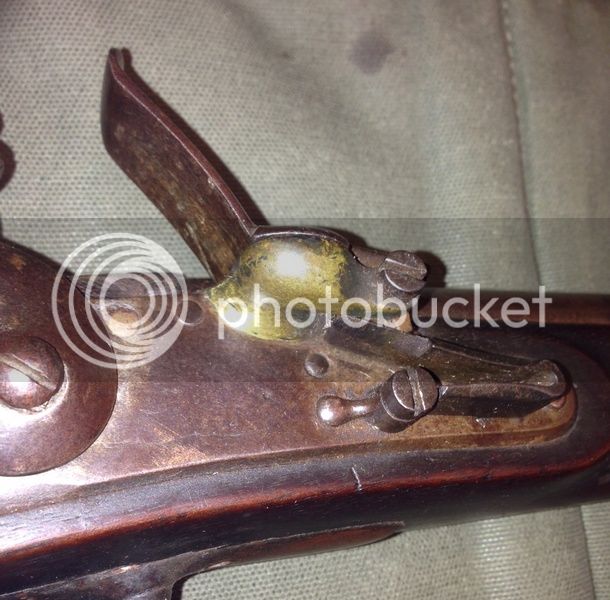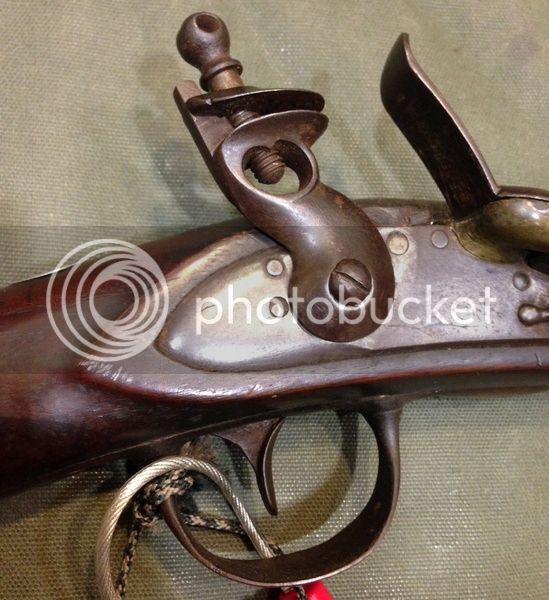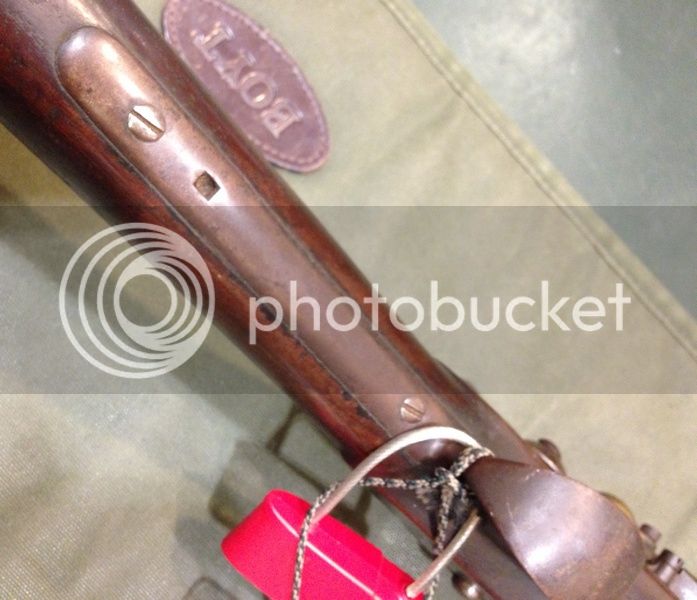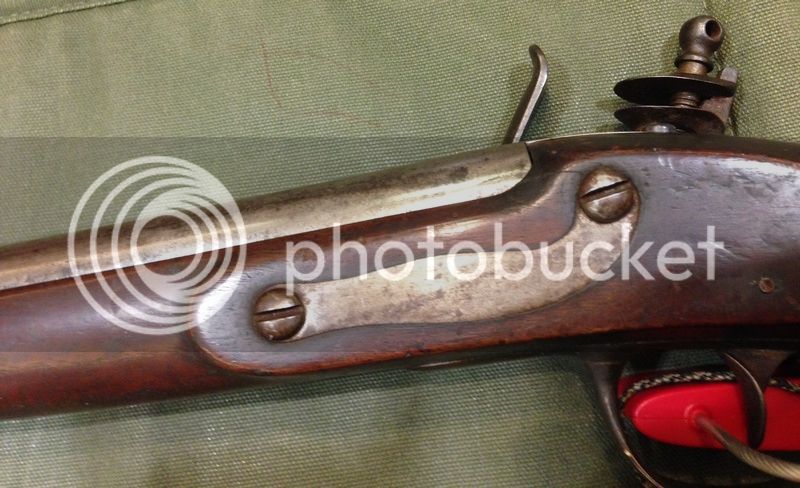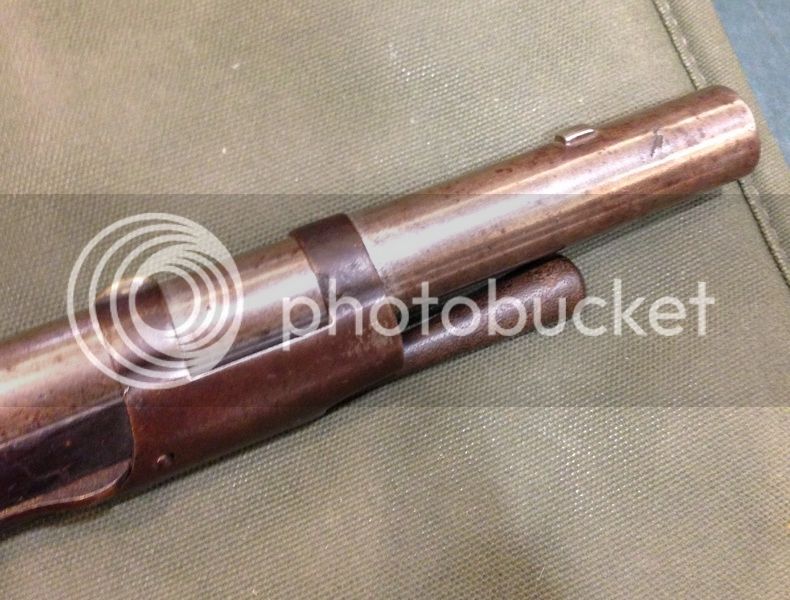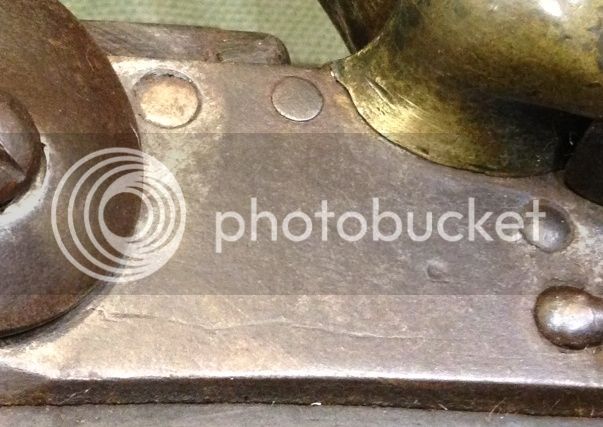- Joined
- Aug 26, 2007
- Messages
- 219
- Reaction score
- 116
I was browsing a local gun shop and ran across this 20ga? flintlock smooth bore.
It was in nice condition with no noticeable cracks etc. Lock worked as should. The ram rod is wood.
The clerk new absolutely nothing about it except that they just put it out.
I was wondering if anybody here has any info as to origin, age or value?
Sorry about pictures...not the best quality
I could not find any stamps or marks anywhere on it.
Thanks

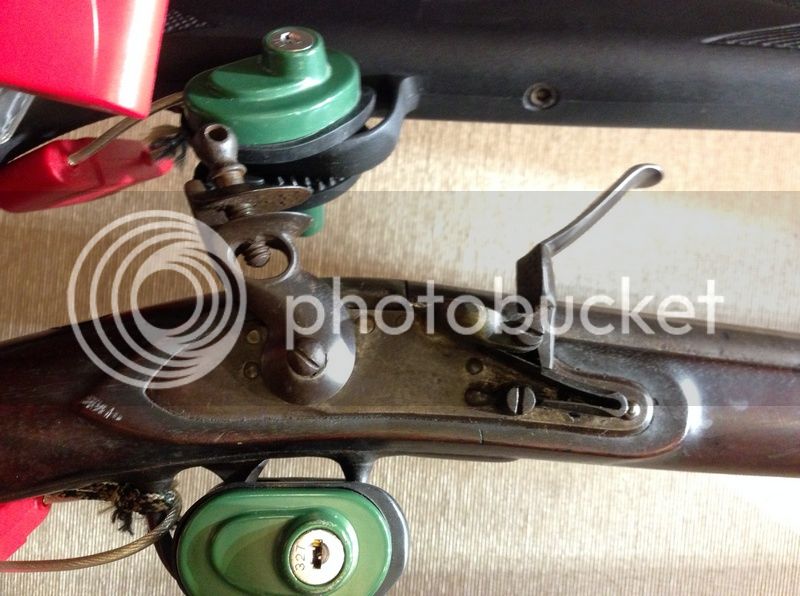
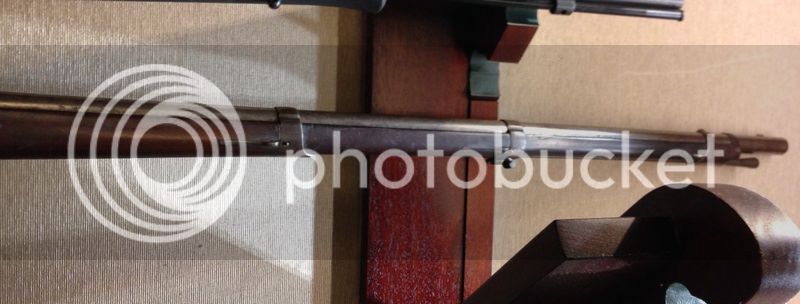
It was in nice condition with no noticeable cracks etc. Lock worked as should. The ram rod is wood.
The clerk new absolutely nothing about it except that they just put it out.
I was wondering if anybody here has any info as to origin, age or value?
Sorry about pictures...not the best quality
I could not find any stamps or marks anywhere on it.
Thanks









